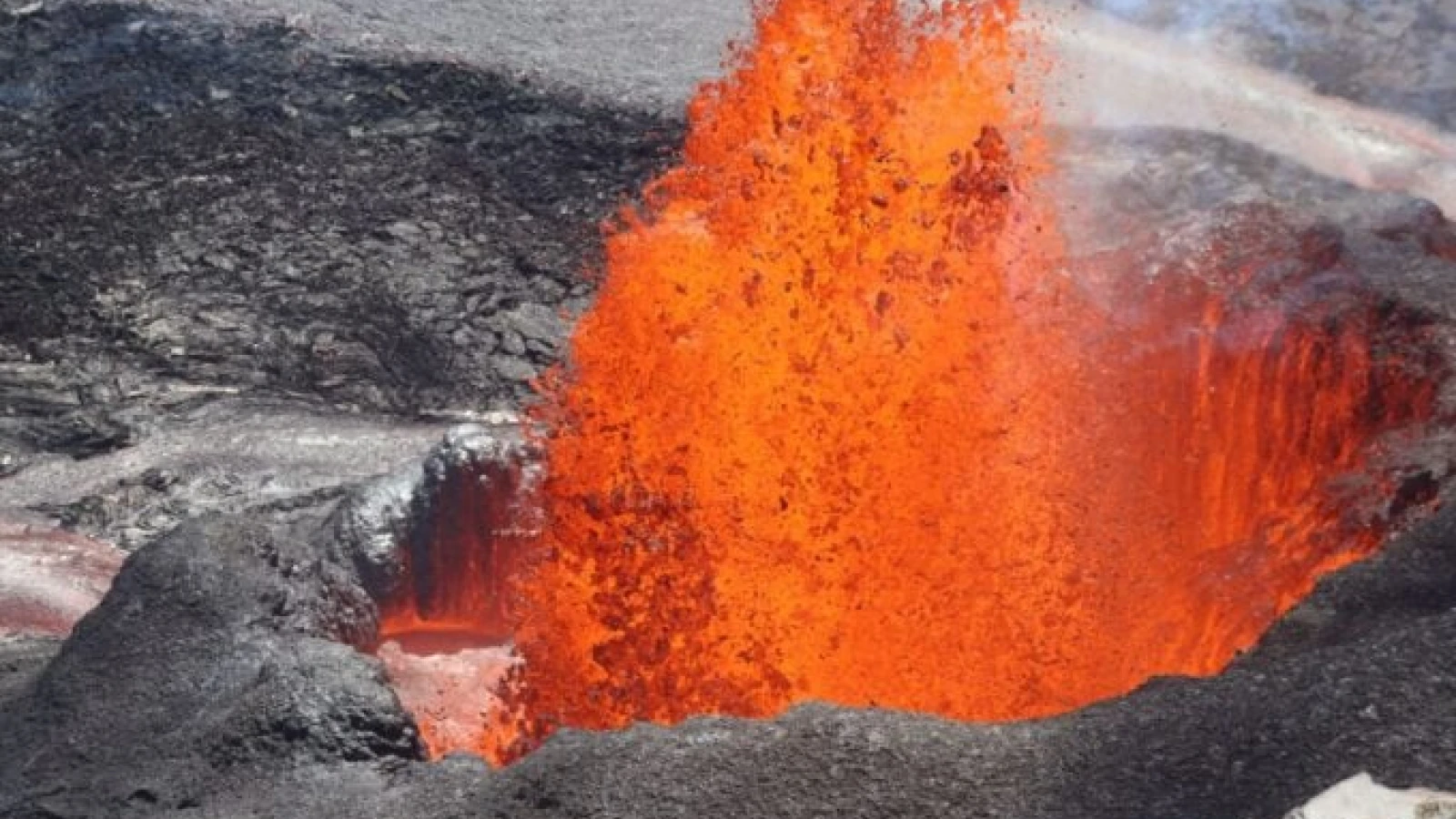Recent scientific research has unveiled a fascinating geological phenomenon: Earth's core is leaking precious metals, including gold and ruthenium, into volcanic rocks on the surface. This discovery challenges previous assumptions about the isolation of Earth's core and provides new insights into the dynamic processes occurring deep within our planet.
Evidence of Core Material in Volcanic Rocks
A team led by researchers from the University of Göttingen analyzed lava samples from Hawaii's volcanic islands and identified an unusually high concentration of ruthenium-100, an isotope predominantly found in Earth's core. The presence of this isotope in surface lava suggests that material from the core, located over 1,800 miles (2,900 kilometers) beneath the surface, is migrating upward into the mantle and eventually reaching volcanic eruptions.
Mechanisms Facilitating Metal Migration
The migration of core materials to the surface is facilitated by mantle plumes—columns of super-heated mantle material that rise from the core-mantle boundary to the Earth's surface. These plumes can transport significant volumes of rock, including precious metals, contributing to the formation of volcanic islands like Hawaii.
Implications for Earth's Geological Processes
This discovery has profound implications for our understanding of Earth's internal dynamics. It suggests that the core is not as isolated as previously thought, indicating a more interconnected relationship between the core and mantle. This interconnectedness may influence volcanic activity and the distribution of precious metals on Earth's surface.
Conclusion
The identification of core-derived precious metals in volcanic rocks provides compelling evidence of material exchange between Earth's core and mantle. This finding enhances our comprehension of the planet's internal processes and opens new avenues for research into the mechanisms driving volcanic activity and the formation of mineral deposits.


Comments
Leave a Comment